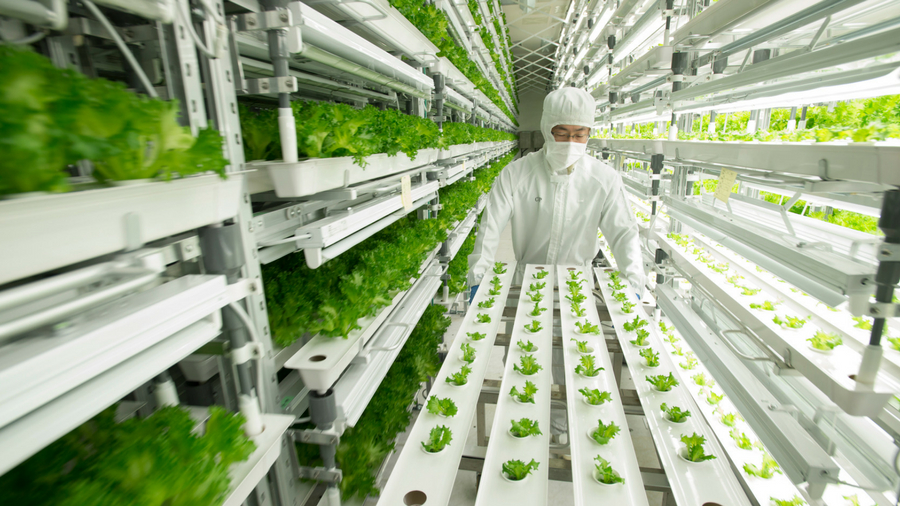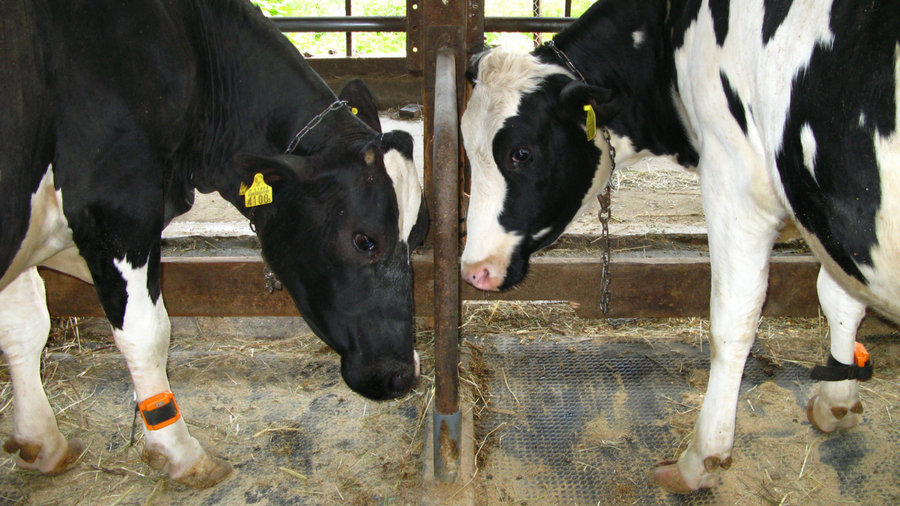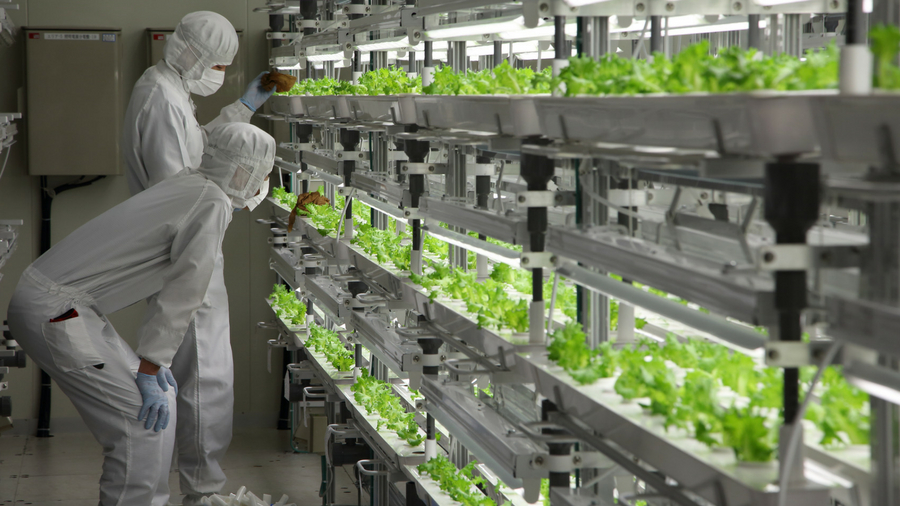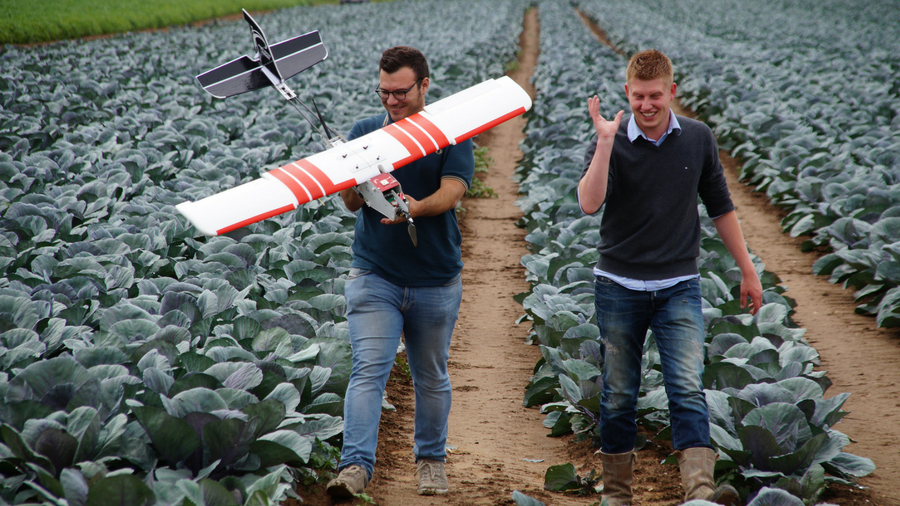How the IoT is creating 'precision farming'
Agribusiness is being digitised by IoT sensors and the cloud

Moo-ve over, runners and joggers – you're not the only ones who are wearing a Fitbit, Jawbone or the Vivofit. Fujitsu has come up with its 'Akisai' cloud for agribusiness, of which the centrepiece is undoubtedly the connected cow.
When cows are in heat, they walk more, so by attaching pedometers to them farmers can identify which ones are ready for breeding. This cloud-based Akisai platform – Fujitsu's attempt at Software as a Service (SaaS) to increase efficiency and modernise agriculture – could replace farmers with data scientists.

Precision farming
They're calling it 'precision farming'. Just as in industry, business and wider society, the food industry is quickly embracing the very latest Internet of Things devices and big data innovations. By collecting more and more data on their livestock, crops and on growing conditions, yields can not only be controlled, but predicted.
The seed-bed is becoming a test-bed for some of the latest tech, with autonomous planters, artificial intelligence and cloud computing all helping an increasingly digital agribusiness to plough a new furrow in FarmTech. The end goal? An Internet of Food where everything is produced at the most efficient level possible, tracked, and traced to its destination.

Crop sensors
As well as cows, Akisai deals in rice production and vegetables. On its Aizu-Wakamatsu Akisai Plant Factory in Fukushima Prefecture, Japan, technicians have created a self-contained, fully controlled greenhouse inside an old semi-conductor plant.
"Data is collected from sensors that provide information on things like soil temperature, humidity, light levels and rainfall," says Richard Marquardt, spokesperson at Fujitsu Japan in Tokyo. "This data enables farmers to access accurate information on growing conditions so they can implement changes to increase yields." However, it's what happens to that data that's the magic ingredient.
Cloud farms
"We're performing big data analytics on the data gathered from the sensors, and using Microsoft's Azure cloud for the IoT system analytics," says Takao Mizutani, Director of the IoT Business Division, Network Services Business Unit at Fujitsu in Tokyo. Calculations in the cloud precisely control the atmosphere – and, crucially, predict the exact yield of the crop – by regulating temperature, moisture levels, and even the active ingredients included in very specific amounts of liquid fertilisers.
Sign up to the TechRadar Pro newsletter to get all the top news, opinion, features and guidance your business needs to succeed!
"Akisai also uses machine learning to get new insights from the past growing data," adds Mizutani, with data on previous yields automatically informing how the next crop is handled. Akisai has also been used to reduce the amount of pesticides used in tomato growing.

Remote sensing
As well as reducing pesticide use, new tech is being used to save water. Hahn Wines in California's drought-hit Santa Lucia Highlands has turned to unmanned aerial vehicles (UAV) – remote-sensing drones – to monitor air quality and take images of vine density. Combine that with similar sensors found in Akisai – such as temperature, humidity and soil moisture – and the farmer knows exactly how much water the vines need.
"The drone is a flying computer and has the artificial intelligence to make the best possible decisions in-flight to collect consistent and accurate data every time," says Patrick Lohman, VP of Partnerships at PrecisionHawk, which provides Hahn Wines with its PrecisionHawk Lancaster UAV. In an almost completely automated system, the drone sends images and readings back to a drone data mapping and cloud analytics platform called DataMapper for calculations and data analysis.
Jamie is a freelance tech, travel and space journalist based in the UK. He’s been writing regularly for Techradar since it was launched in 2008 and also writes regularly for Forbes, The Telegraph, the South China Morning Post, Sky & Telescope and the Sky At Night magazine as well as other Future titles T3, Digital Camera World, All About Space and Space.com. He also edits two of his own websites, TravGear.com and WhenIsTheNextEclipse.com that reflect his obsession with travel gear and solar eclipse travel. He is the author of A Stargazing Program For Beginners (Springer, 2015),
